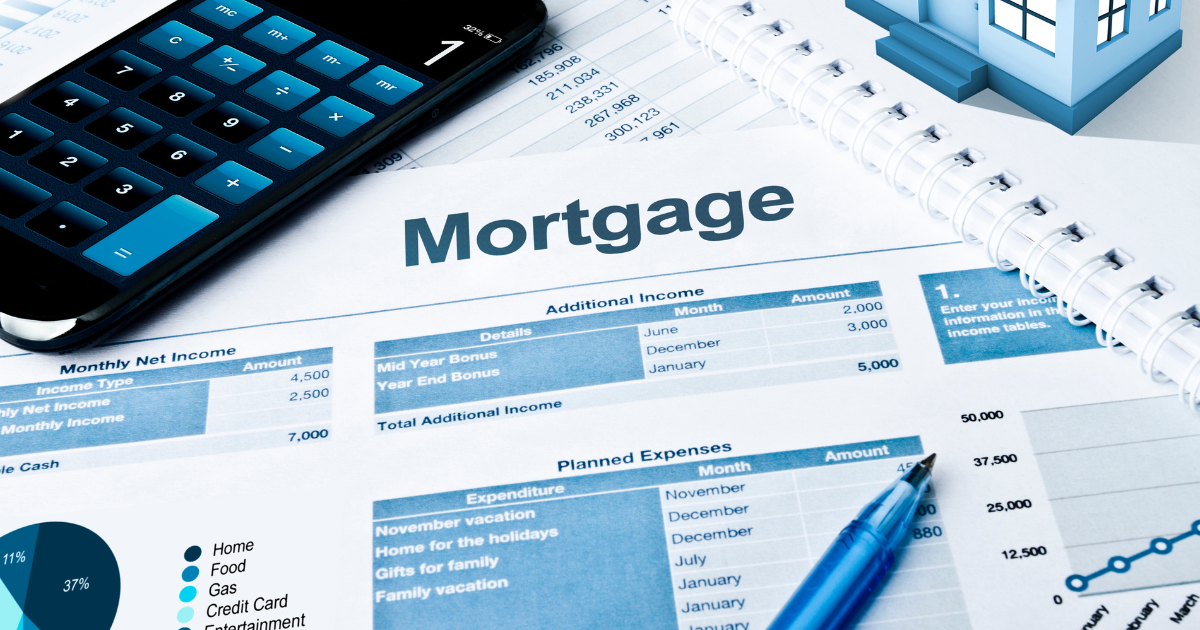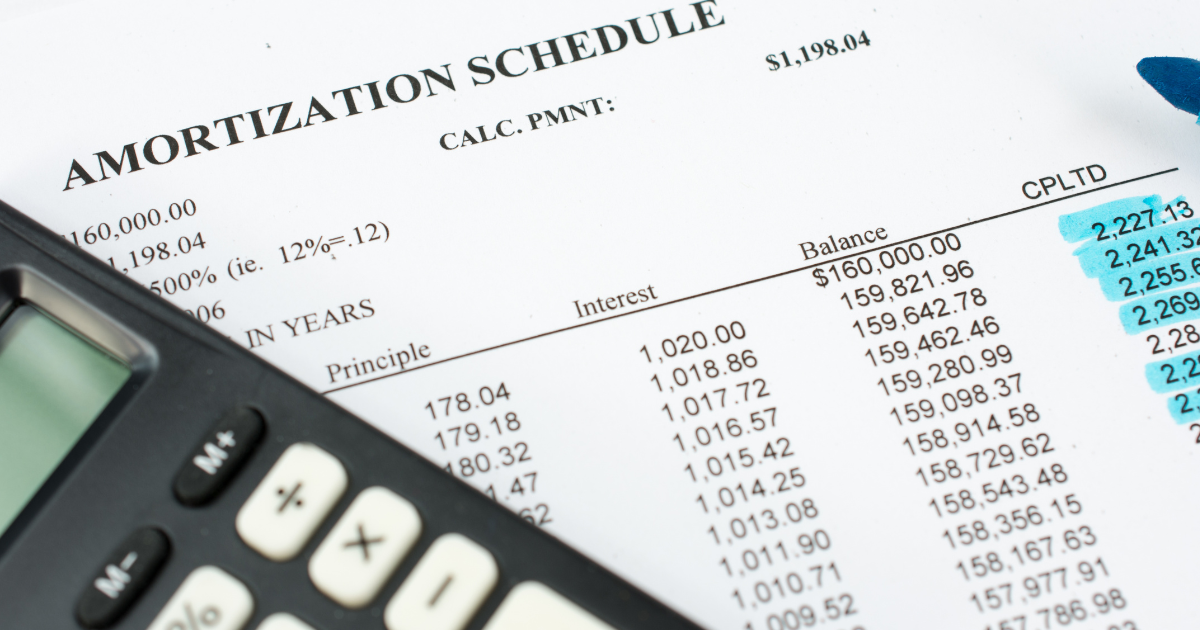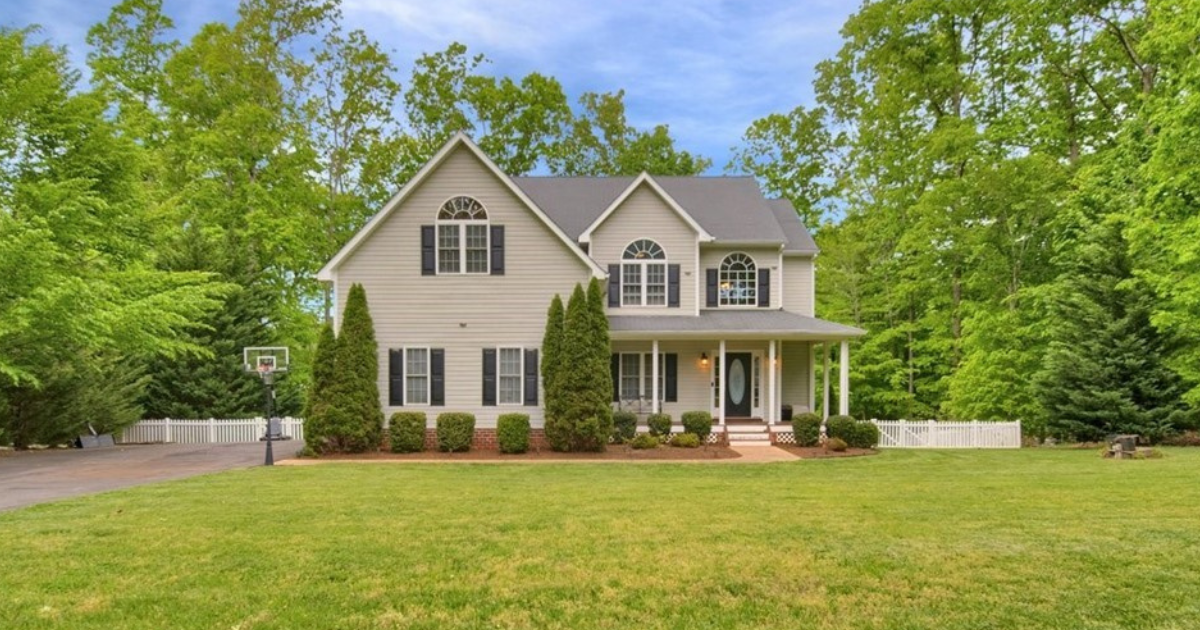Buying a home is one of the biggest financial decisions you’ll ever make—and for military service members, veterans, and eligible surviving spouses, the VA loan program can make that process significantly easier. VA loans offer unique advantages not found in other loan programs, helping those who have served our country build stability and wealth through homeownership.
At CapCenter, we specialize in making this process as smooth, cost-effective, and transparent as possible. And because we offer Zero Closing Cost mortgages, eligible VA borrowers can maximize their benefits and save thousands more.
Let’s break down what a VA loan is, how it works, and why it could be the smartest financing option for your home purchase or refinance.
Understanding the VA Loan Program
The VA loan is a mortgage program established in 1944 through the GI Bill of Rights. Its original goal was to help returning World War II veterans buy homes without needing large down payments. Today, it remains one of the most powerful housing benefits available to those who’ve served.
VA loans are guaranteed by the U.S. Department of Veterans Affairs (VA). This means the VA doesn’t lend the money directly—instead, it provides a guarantee to private lenders like CapCenter, reducing their risk. In turn, lenders can offer VA borrowers highly favorable terms.
Who is Eligible for a VA Loan?
Eligibility for a VA loan is based on service history, duty status, and sometimes surviving spouse status. Generally, you may qualify if you are:
- An active-duty service member with at least 90 continuous days of service.
- A veteran who meets length-of-service requirements (varies by branch and service period).
- A member of the National Guard or Reserves with at least six years of service, or called to active duty.
- A surviving spouse of a service member who died in the line of duty or from a service-related disability.
The VA determines eligibility through a Certificate of Eligibility (COE), which your lender can help you obtain.
Key Benefits of a VA Loan
The VA loan offers several advantages that make it stand apart from conventional and FHA mortgages.
1. No Down Payment
Most home loans require at least 3–5% down, and conventional loans often require 20% to avoid private mortgage insurance (PMI). With a VA loan, you can finance up to 100% of the purchase price.
2. No Private Mortgage Insurance (PMI)
Unlike FHA or conventional loans, VA loans do not require ongoing mortgage insurance premiums. This translates to lower monthly payments and significant lifetime savings.
3. Competitive Interest Rates
Because VA loans are government-backed, lenders can offer lower rates than most conventional mortgages. Check out todays VA Rates!
4. Flexible Credit Standards
While good credit always helps, VA loans are generally more forgiving of past credit challenges.
5. Limits on Closing Costs
The VA places restrictions on what fees borrowers can be charged, protecting you from unnecessary costs.
At CapCenter, we take it further by covering all your closing costs, ensuring you get the maximum benefit.
The VA Funding Fee
While VA loans don’t require a down payment or PMI, most borrowers pay a VA funding fee. This one-time fee helps keep the program running for future generations of service members.
- First-time use: Typically 2.3% of the loan amount with no down payment.
- Subsequent use: Typically 3.6% with no down payment.
Borrowers can reduce the funding fee by making a down payment, and certain veterans (such as those with service-connected disabilities) are exempt from paying it. The fee can be rolled into the loan, so no upfront payment is required at closing.
Types of VA Loans
The VA program isn’t one-size-fits-all. Here are the main types available:
VA Purchase Loan
The most common type—used to buy a primary residence with zero down and favorable terms.
VA Cash-Out Refinance
Allows homeowners to tap into their home equity to cover expenses, consolidate debt, or invest in improvements. This replaces the existing mortgage with a new VA loan.
VA IRRRL (Interest Rate Reduction Refinance Loan)
Often called a “VA Streamline Refinance,” this product helps eligible borrowers refinance to a lower rate with minimal paperwork and costs.
How VA Loans Compare to Other Mortgage Options
While VA loans offer unmatched benefits for eligible borrowers, it’s helpful to see how they stack up.
- Conventional Loans: Require down payments, often stricter credit, and PMI without 20% down.
- FHA Loans: Allow low down payments (3.5%) but require both upfront and monthly mortgage insurance.
- USDA Loans: Offer zero down like VA loans, but are restricted by income and geographic location.
For military members, the VA loan is usually the clear winner.
The VA Loan Process Step by Step
The VA loan application process is similar to other mortgages, but with a few unique steps.
- Obtain Your COE: Proves eligibility; CapCenter can handle this for you.
- Get Preapproved: Establishes your budget and strengthens your offer when house hunting.
- Find a Home: You’ll need a primary residence that meets VA property standards.
- VA Appraisal: Ensures the home is safe, sound, and appropriately valued.
- Underwriting & Approval: Your lender reviews financials and finalizes terms.
- Closing: With CapCenter, this is where you’ll see significant savings—we cover all your closing costs.
Common Myths About VA Loans
Unfortunately, misconceptions sometimes keep veterans from taking full advantage. Let’s debunk a few:
- Myth: VA loans take longer to close.
Truth: With experienced lenders like CapCenter, VA loans often close just as quickly as conventional loans. - Myth: You can only use your VA benefit once.
Truth: You can use VA loan benefits multiple times, and in some cases, hold more than one at once. - Myth: VA loans are only for first-time buyers.
Truth: VA loans can be used for buying, refinancing, or even building a home.
Why Work With CapCenter for Your VA Loan?
CapCenter has been helping veterans and service members achieve affordable homeownership for nearly three decades. Here’s why thousands choose us:
- Zero Closing Costs: The VA already caps many fees—but we go further by eliminating closing costs entirely. That means no lender fees, no appraisal fees, no title fees, no hidden surprises.
- In-House Process: From underwriting to appraisals, our streamlined process saves time and reduces stress.
- Local Expertise: With decades of experience helping veterans make the most of their VA benefit!
- Trusted Guidance: We treat our clients with respect, patience, and transparency—values that matter, especially for those who’ve served.
Curious about how much you can save? Use our VA Loan Calculator to see your potential monthly payment.
Frequently Asked Questions About VA Loans
Can I buy a second home with a VA loan?
VA loans are intended for primary residences, not vacation homes or investment properties.
Can I have two VA loans at once?
Yes, in certain cases where entitlement is available. This often happens if you’re relocating but keeping your current home.
What credit score do I need for a VA loan?
The VA doesn’t set a minimum, but lenders typically look for mid-600s. CapCenter evaluates applications holistically, not just by a number.
Do VA loans have loan limits?
As of 2020, eligible veterans with full entitlement are not subject to county loan limits. However, lenders may impose their own guidelines.
Final Thoughts
For those who’ve served our country, the VA loan is more than just a mortgage option—it’s a well-deserved benefit that opens the door to affordable homeownership. With no down payment, no PMI, competitive rates, and special protections, it’s hard to beat.
When paired with CapCenter’s Zero Closing Cost mortgage, the savings are unmatched. You’ve already earned your VA loan benefit—let us help you maximize it.
Start your journey today by exploring our VA loan resources or speaking with one of our expert loan consultants.




